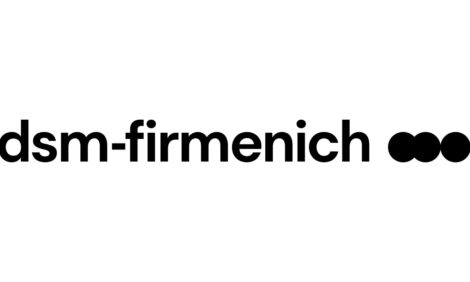



IPSF: Pellet feed diameter affects broiler growth
Study on the effects of varying pellet feed diameters and percentages of fines on broilersIn the poultry industry most feed is manufactured utilizing a pellet die that produces pellets with approximately a 4 to 4.8 mm diameter. However, limited research has been conducted on how pellet diameters influence subsequent pellet quality and broiler growth performance.
A study evaluating the effects of varying pellet diameter and percentage of pellet fines on broiler growth performance from 1 to 49 days of age (starter, grower, and finisher) was presented by Carter D. Minson and colleagues, Kansas State University, United States, during the 2025 International Poultry Scientific Forum.
A total of 720 male one-day old broiler chicks were allotted into 60 floor pens on day 0. For the starter periods (day 0 to 14), treatments consisted of a common pelleted diet using either a 4.8 mm or 6.4 mm diameter die and then crumbled. For the grower (day 14 to 28) and finisher periods (day 28 to 49), treatments were arranged as a 2×3 factorial with factors consisting of pellet diameter (4.8 mm and 6.4 mm) and pellet fines inclusion (0, 30%, and 60% fines added to screened pellets).
Pellet fines treatments were randomly assigned to pens within previously fed die diameter treatments. Each pen was considered the experimental unit and pen location the random effect. In the starter period, broilers fed pelleted diets using the 4.8 mm diameter die and then crumbled had improved (p<0.003) feed intake, body weight gain and feed conversion ratio compared to those fed crumbles produced from a 6.4 mm diameter die.
For the grower and finisher periods (day 14 to 49) and overall (day 0 to 49), there was no evidence of pellet diameter × fines interaction and no evidence of main effects for body weight gain and feed intake. Broilers fed diets with an increasing percentage of fines had an improved (p<0.01) feed conversion ratio.
Feeding crumbles made from a 6.4 mm die during the starter period the reduced growth performance of broilers. However, throughout the total grow-out period (day 1 to 49), die diameter did not influence body weight gain, feed intake, or feed conversion ratio. In addition, increasing the percentage of fines improved feed conversion.
This data demonstrated the potential to increase pellet die diameter to 6.4 mm without negatively impacting growth performance of broilers. Further investigation is needed to determine why feeding an increased percentage of fines resulted in improved broiler feed conversion.









